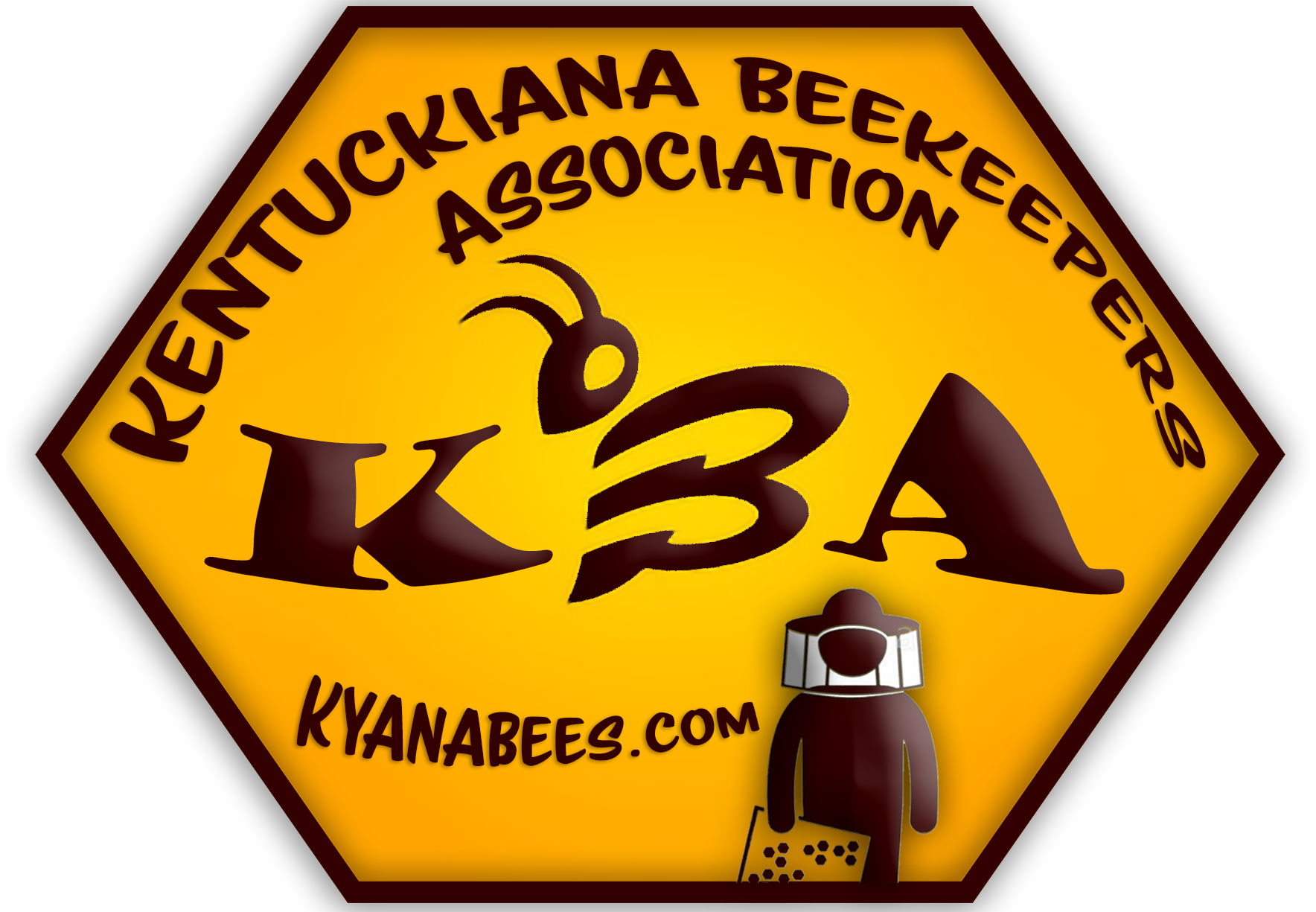July Bee Calendar - What's Happening Inside the Hive
What’s Happening Inside the Hive?
The bees are much less active. The honey flow often ends, and the beekeeper will notice that stings are more frequent! This is because the foragers have less to do, and consequently spend more time at home guarding the hive. Swarming is still possible, but much less likely. Bees are now searching for water to cool their hive, and will fly for miles to find it if necessary. They place small drops of water in the cells and use their wings to fan the air over the cells.
Beekeeper Chores
Many beekeepers harvest the honey in July. Take the frames in which the honey cells are capped. If the weather has been rainy, the bees may not have been able to remove enough moisture to ripen it yet. In this case, many of the honey cells may still be uncapped. Leave the honey frames on the hives through a hot, dry period, and check again.
Water availability can be a concern. If water (a stream, pond, or other clean water) is not within a half mile, provide a source. This can be a slowly dripping faucet or large container of water with pieces of wood floating in it.
Look for varroa, especially in your strongest hives. Hives with the most bees have the most drone brood, the favorite spot for these mites. Uncap at least a dozen capped drone cells, remove the pupae, and examine them carefully. If you have varroa in these cells, remove the honey harvest as soon as possible and treat with Apistan or Checkmite. If you do not find varroa, repeat this examination in the following weeks.
Sticky boards placed on the bottom boards are more accurate indicators than drone brood checks. If over 15 mites per day are falling to the sticky boards, they are reaching dangerous levels.
Hives can be successfully requeened in July and August. However, it is harder to find the old queen in a hive packed with bees in midsummer, compared with the much smaller hive population in April. It is a good idea to feed the bees to encourage acceptance of the new queen, if requeening is done when the bees are not on a honey flow.
Observations and Ideas
Scout the area near the hives to see where your bees are finding water. They may be a nuisance to neighbors if your bees have fallen into swimming pools.
Some beekeepers plant crops in the spring to supplement their honey production in July and August. Buckwheat, vitex and sunflower are plants that can provide nectar in mid-summer. At KSU we have found that buckwheat is a relatively drought-resistant nectar source.







